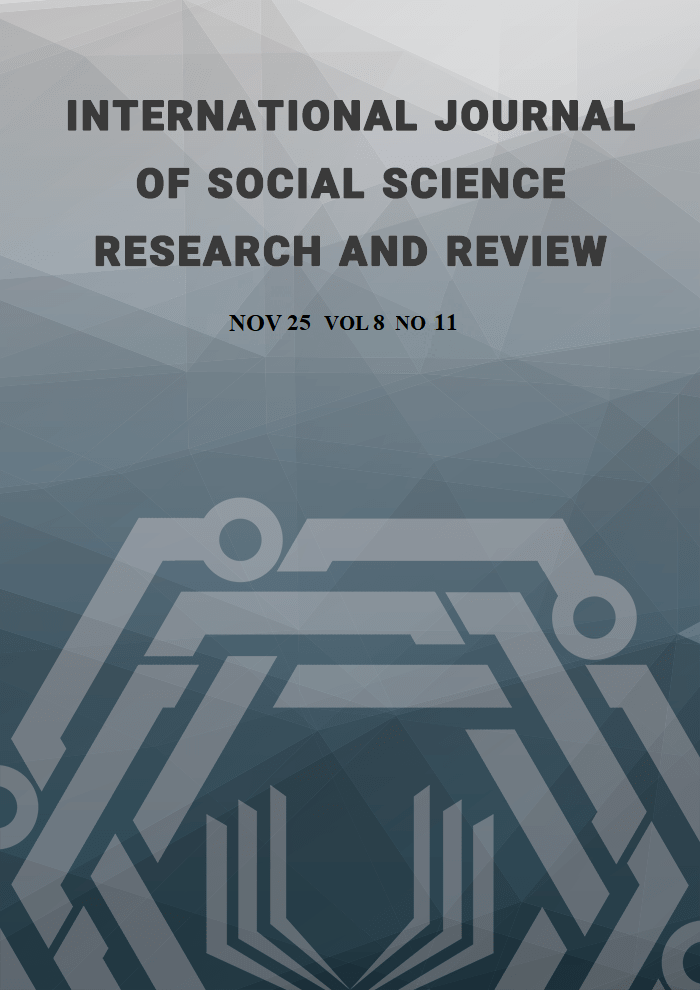Community Service and its Impact on High School Students
Abstract
There is a growing insensitivity towards social issues- people joke about them and declare themselves apolitical. This attitude has affected school-going children, where islamophobia, casteism, sexism, racism and queerphobia are joked about, often with a nagging apathy. As a student myself, it is not rare to see communities be targeted under the guise of banter. Miseducation, propaganda and polarisation are relevant concerns. Muslim students became the victims of bullying post the bomb threats in Delhi schools, and slurs are commonly used. Community service then becomes a useful tool. It is not about sporadic food donation or plantation drives, rather, it is about regular community outreach and integration, especially those in a different strata of society. It is about power sharing and pooling our resources to extract maximum benefit for all. It is important to note that concentration of privilege and resources leads to polarisation and insensitivity in the first place. Lastly, community service is a two-way street. It is not just the ‘disadvantaged’ that are being helped, it is also those who perform the act of community service- learning how to be more sensitive and empathetic. We take as much as we give, thereby establishing a relationship of mutual benefit.
Keywords: community service, high school students, impact, privileges, inequality
References
its Significance in the Indian Criminal Justice System” (2024). International Journal of
Legal Science and Innovation, Volume 6 (Issue 4). Retrieved from
DOI: https://doij.org/10.10000/IJLSI.112147
2. Hoefer, Ellen M., "Developing a community service program for high school students" (1998). Graduate Research Papers. 836. https://scholarworks.uni.edu/grp/836
3. Bajaj, M., From ‘‘time pass’’ to transformative force: School-based human rights education in Tamil Nadu, India. Int. J. Educ. Dev. (2010), doi:10.1016/j.ijedudev.2010.10.001
4. Miron, Devi & Moely, Barbara E., “Community Agency Voice and Benefit in Service-Learning” (2006). Michigan Journal of Community Service Learning Spring 2006, pp.27-37
5. Killias, Martin & Aebi, Marcelo & Ribeaud, Denis. (2000). Does Community Service Rehabilitate better than Short‐term Imprisonment?: Results of a Controlled Experiment. The Howard Journal of Criminal Justice. 39. 40 - 57. 10.1111/1468-2311.00152.
6. Baker-Henningham, H., & Francis, T. (2018). Parents' use of harsh punishment and young children's behaviour and achievement: a longitudinal study of Jamaican children with conduct problems. Global mental health (Cambridge, England), 5, e32. https://doi.org/10.1017/gmh.2018.21
Copyright (c) 2025 Arshia Kashyap

This work is licensed under a Creative Commons Attribution-NonCommercial-NoDerivatives 4.0 International License.
Copyright for this article is retained by the author(s), with first publication rights granted to the journal. This is an open-access article distributed under the terms and conditions of the Creative Commons Attribution license (https://creativecommons.org/licenses/by-nc-nd/4.0/).





